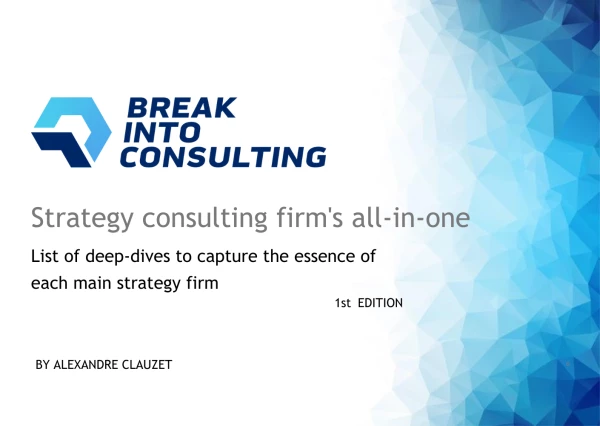Hi,
there is one case, that is about a company that wants to open an in-store photo printing kiosk in walmart stores, and asks us if this makes sense or not (ROI). Part of the case is about market sizing. It's about calculating the number of photos that will be printed in these kiosks per year.
My approach
1. number of people visiting a Walmart per day
2. number of people who want to print their photos
3. number of prints per person
4. calculation for one year
--> I would appreciate some approaches, but one question on my part is calculating the number of people visiting a Walmart per day. That would have been my approach:
A sample city: San Diego
People living in SD: 1.5 million
Walmart is one of the largest supermarket chains (assuming 50% market share): 750,000
Number of Walmarts: 20 (assumed)
Number of customers allocated to one Walmart --> 37500 people
But that would be way too high, and I would not get further at this point. I also don't know how to get from there to the number of people WHO VISIT ONE WALMART PER DAY/YEAR.
Kind regards














